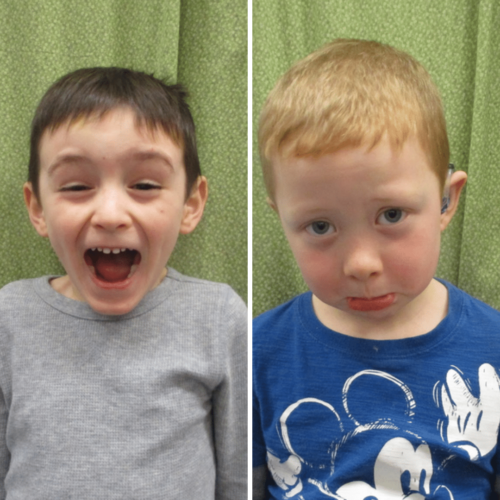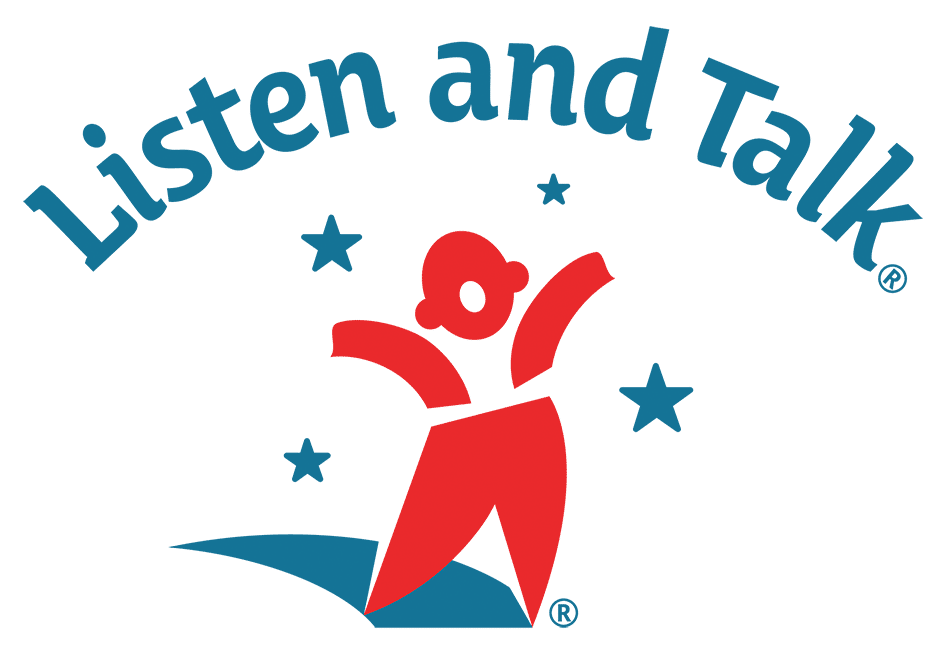
Managing Strong Emotions
Feelings of anxiety and frustration can enter a child’s life at any time. For many, 2020 has been a year of acute anxiety, fear, and frustration. Children are well-attuned to the strain they see in the adults around them.
In the Pre-Kindergarten classes at Listen & Talk, we have been utilizing Second Step, a social-emotional learning curriculum focused on identifying and expressing emotions, self-regulation, theory of mind, and problem solving.
The process below is outlined and taught across multiple units in the Second Step Curriculum.
Here are some tips to help your child find personal peace as they navigate challenges and strong emotions!
Step #1: Stop and Breathe
In addition to a myriad of cultural allusions to the power of the breath, the oxygen we gather from breathing is needed for the function of every cell in our body. Without steady oxygen, our organs struggle to survive, let alone process and problem-solve.
What does this look like for a child?
- Foster the practice of yawning when frustrated.
- Encourage the child to place the palms of their hands under their belly-button, gently tuck their chin down, and breathe so that only their hands move.
- Tell the child to wrap their hands around their shoulders, gently tuck their chin down, and freeze/tighten all their muscles. With each out-breath, “melt” and relax one muscle at a time.
Ideas for Practice:
- Foster the practice of yawning between the tasks of the day.
- Try singing a familiar song all in one breath!
- After physical activity, increase breath control by taking big, quiet breaths.
Step #2: Identify Feelings In Your Body
With the focus that our breath brings, we can discover the places our body is reacting to emotions.
For example, a child can discover:
My eyebrows are scrunched down, and my hands are tight.
I am covering my face, and my tummy is mixed up.
My mouth is smiling, my body is wiggly, and my eyebrows are up.
These clues lead us to giving words to our emotions:
“I am feeling mad.”
“I am feeling afraid.”
“I am feeling excited.”
What does this look like for a child?
- This is a tough process that many adults have not mastered. Be generous with the time it can take to put words to feelings.
- Incorporate visual reminders of emotions (This could be a poster in plain view, images of the characters from the “Inside Out” movie, a bracelet with different emoticon beads, etc.)
Ideas for Practice:
- Sing “If You’re Happy and You Know It” to learn about what emotions look like on our body
- Sing “Head, Shoulders, Knees, and Toes” or other body-part songs to increase body vocabulary.
- Look for Emotion Clues in story characters and other people.
Step #3: Make A Plan
The last step is about appropriate action. What can we do now? It is important to recognize and teach that children are not alone in their emotions. Provide strategies for them to resolve the problem at hand. With practice, children will have many ideas that they can share without prompting! They will even be able to manage their emotions independently.
What does this look like for a child?
- This is the time to ask a child: “What happened?”, “Do you want help?” and, “Why are you feeling this way?”
- Use guiding questions like: “Should we find a fair way to play with your friend?”, “How can we make this better?” and, “How can you listen at your best right now?”
Ideas for Practice:
- Involve children in decision-making processes and plan-making such as choosing two outfits the night before to pick from in the morning.
- Seek out their feedback about problems a story character has.
As we experience our lives in a new way this year and beyond, we hope that you find peace and emotional resilience in your homes and families!


